Some experiences are so powerful, they shape not only our lives, but also those of our children and grandchildren. This intergenerational transmission of deep stress is known as generational trauma.
The full story
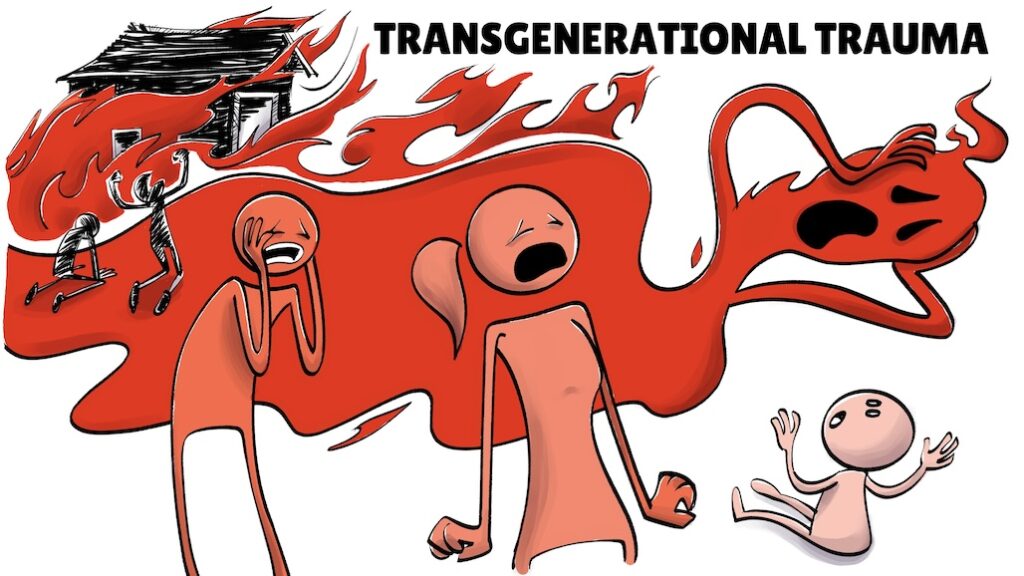
When a traumatic experience travels from one generation to the next and affects those who had no direct involvement with the original incident, it’s called transgenerational trauma. There are three main theories about how this happens.
behavioral transmission
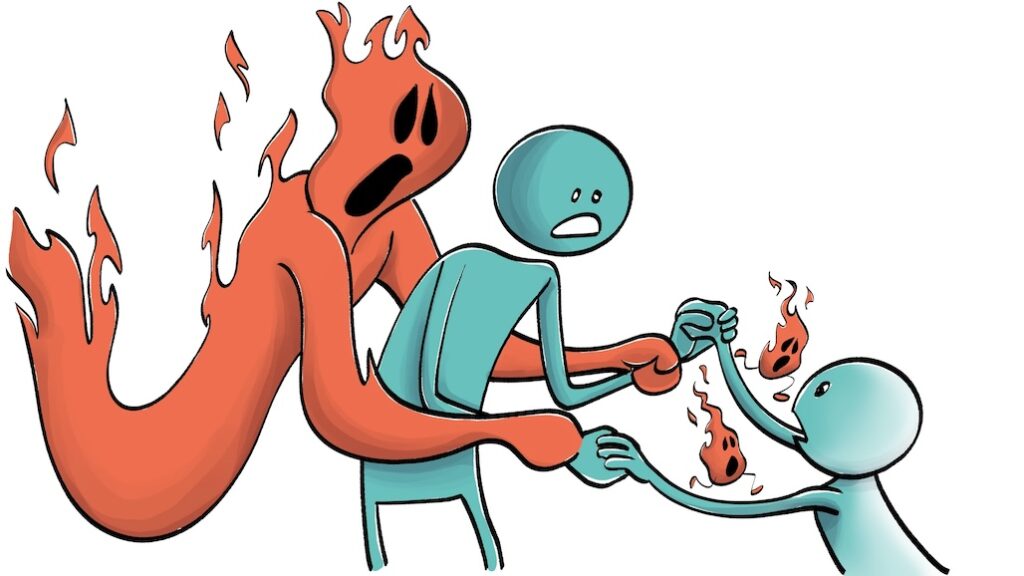
When a parent suffers from trauma they often develop heightened emotional sensitivity, anxiety, and emotional detachment. These reactions then shape how they interact with their children, and that’s how the trauma travels to the next generation. For example, if you are raised by a traumatized mother, you might pick up on her fears and absorb her insecurities, which then influence how you perceive and handle risks.
When this becomes part of your daily life during your most formative years, it can lead to a deep distrust of anything unfamiliar. As an adult, you may end up passing those insecurities on to your own children. Researchers suggest that these emotional imprints can affect emotional regulation, risk perception, and educational performance for generations.
sociological and collective trauma
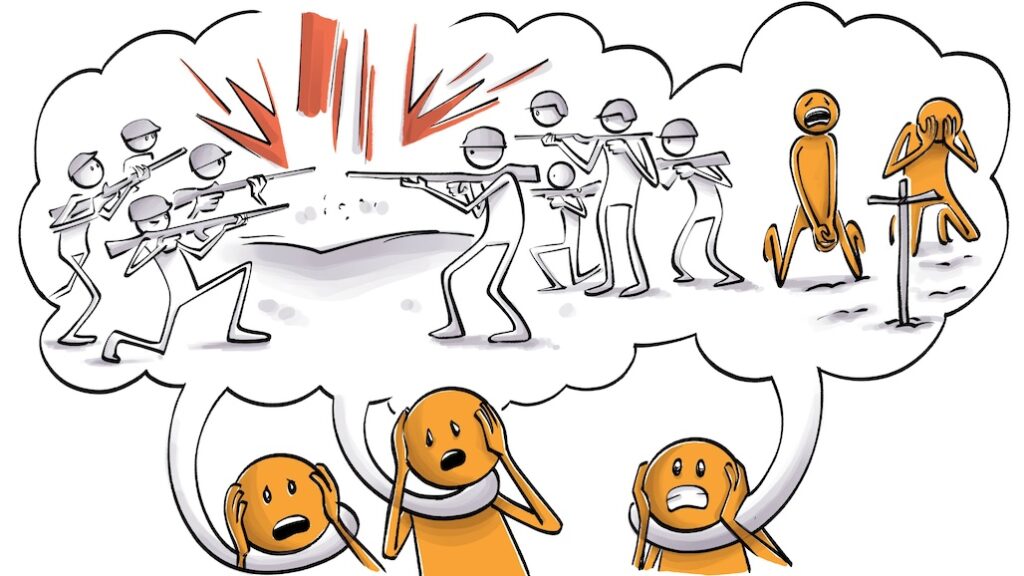
Devastating historical events and their impact on sociological structures can trap multiple generations in cycles of collective trauma. Canadian residential schools, which were designed to assimilate Indigenous children, are one example.
For a century, these schools stripped young native kids of their cultural identity and forced them to adopt Western traditions, often exposing them to physical and emotional abuse. Later, the children found it difficult to reintegrate into society, facing broken relationships, loss of cultural identity, poverty, and substance abuse. Ultimately passing their trauma on to their own children, continuing the cycle. Over time, these behaviors become so deeply ingrained into social norms, that it’s almost impossible to distinguish between what’s cultural, and what stems from a traumatic response.
epigenetics inheritance
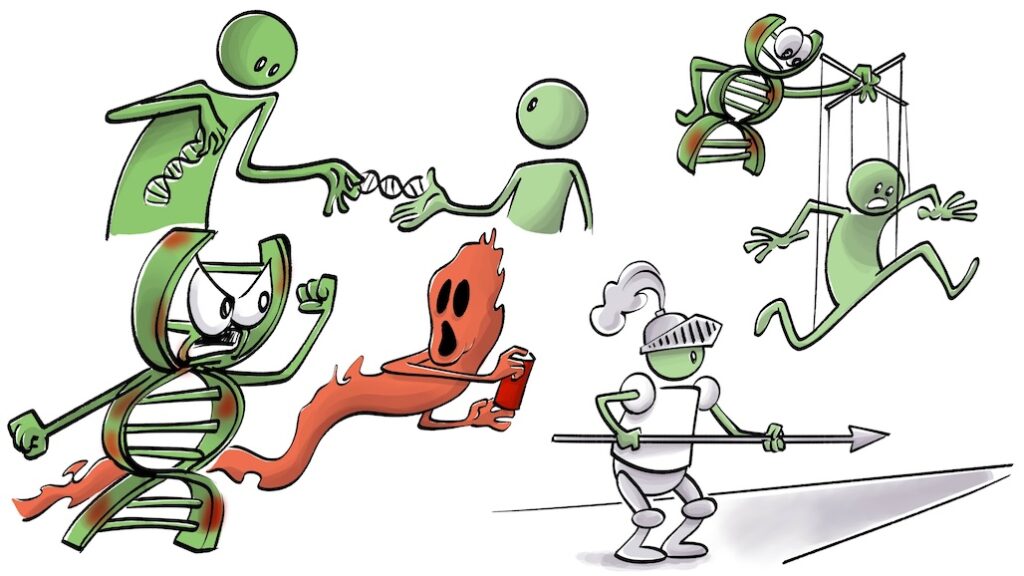
More recent studies suggest that genes can be affected by bad experiences. Trauma can leave molecular “tags” on genes, and these tags can be passed down to future generations. Later on, they can alter how genes are expressed and how they control the body —possibly to prepare the next generation for a stressful life.
In one example, researchers have found that Holocaust survivors carry epigenetic markers linked to anxiety, which can then be passed on to their offspring. Their children showed heightened sensitivity to stress and were more prone to developing anxiety, depression, and PTSD themselves—even if they didn’t experience any trauma firsthand.
addiction cycle
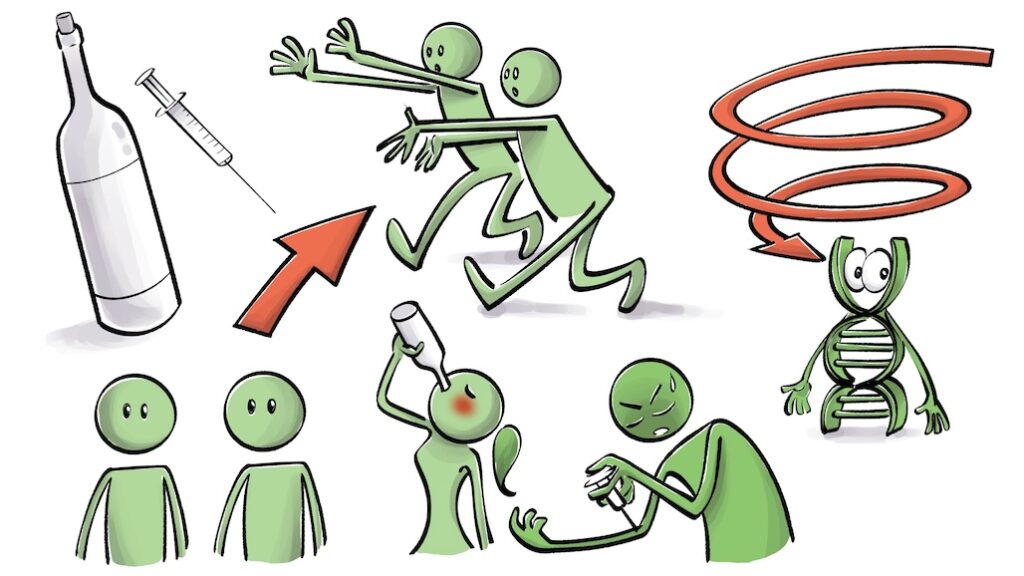
Substance abuse – often used as a coping mechanism by those suffering emotional wounds – can further reinforce epigenetic changes. Children of parents who struggled with drugs and alcohol often have inherent predispositions that make them more vulnerable to addiction—a vicious cycle rooted in raw biological effects. So which of the three is it? Well, it’s complicated.
the interplay of theories
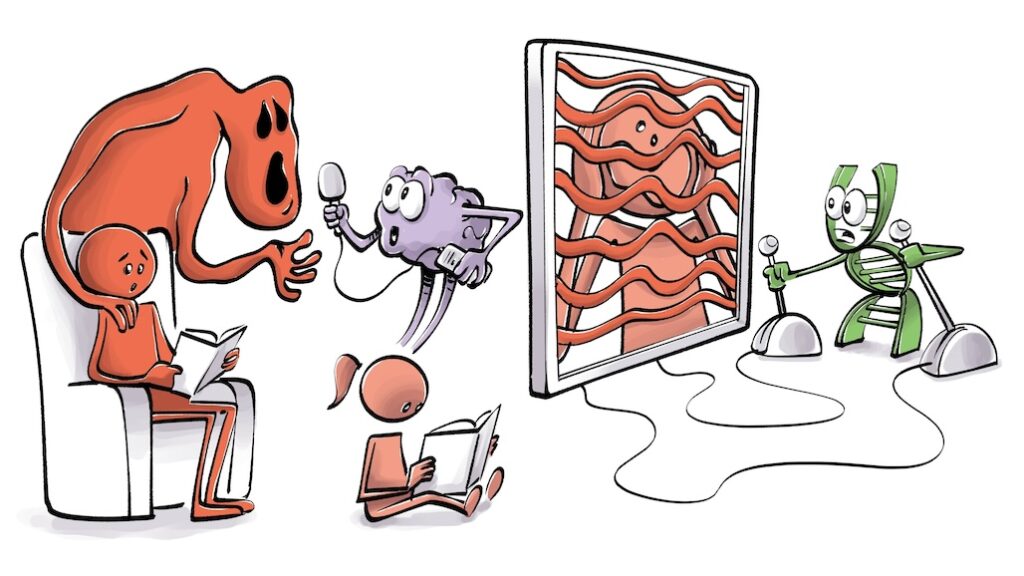
Take, for instance, a man who survives war. The initial trauma changes his character and that of the generation of men around him. The man’s daughter, who is still young when he returns from war, is affected by his emotional coping mechanisms—leading to stress-related tags on her own genes. When the daughter herself becomes a parent, her boy inherits some of these epigenetic markers and later copies some of his grandfather’s behavior without ever meeting the man in person.
breaking the cycle
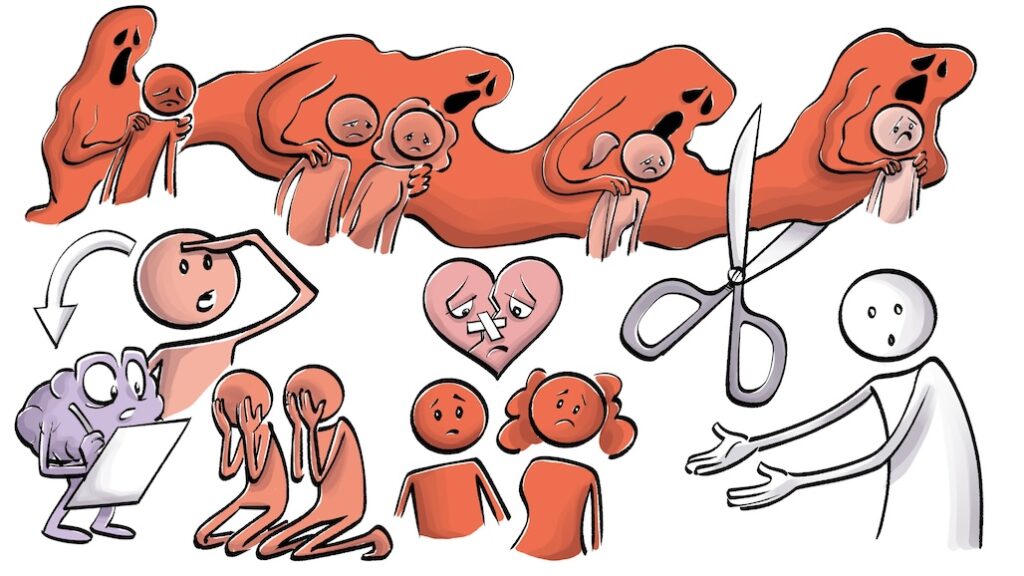
One way to break the cycle of transgenerational trauma is to face our own history, developing a deep understanding of our parents’ pain and the scars they inherited during childhood. The Hoffman Process is one approach that aims to guide people through this. Once we understand our roots, we might be able to weed out some of the rotten parts and help the next generation to grow up strong and healthy.
what do you think?
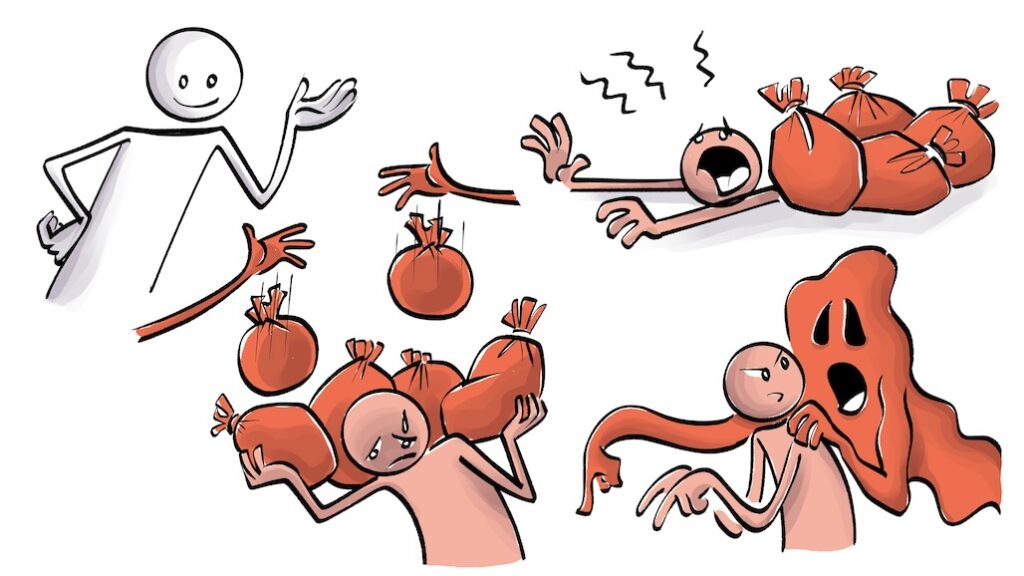
What are your thoughts? Do you feel the weight of a burden that was never yours? And if so, what are your coping mechanisms? Tell us your thoughts and experiences in the comments below!
Sources
- Heart, M. Y., Chase, J., Elkins, J., & Altschul, D. B. (2011). Historical trauma among Indigenous Peoples of the Americas: concepts, research, and clinical considerations. Journal of psychoactive drugs, 43(4), 282-290.
- Sotero, M. (2006). A conceptual model of historical trauma: Implications for public health practice and research. Journal of health disparities research and practice, Vol. 1(1), 93-108.
- Iyengar, U., Kim, S., Martinez, S., Fonagy, P., & Strathearn, L. (2014). Unresolved trauma in mothers: intergenerational effects and the role of reorganization. Frontiers in psychology, 5, 966.
- Mooren, T., van Ee, E., Hein, I., & Bala, J. (2023). Combatting intergenerational effects of psychotrauma with multifamily therapy. Frontiers in psychiatry, 13, 867305.
- Greene, C. A., Haisley, L., Wallace, C., & Ford, J. D. (2020). Intergenerational effects of childhood maltreatment: A systematic review of the parenting practices of adult survivors of childhood abuse, neglect, and violence. Clinical psychology review, 80, 101891.
- Bowers, M. E., & Yehuda, R. (2016). Intergenerational transmission of stress in humans. Neuropsychopharmacology, 41(1), 232-244.
- Whitelaw, N. C., & Whitelaw, E. (2008). Transgenerational epigenetic inheritance in health and disease. Current opinion in genetics & development, 18(3), 273-279.
Dig deeper!
- This article discusses the concept of historical trauma among Indigenous peoples, offering a sociological perspective on how colonization and systemic oppression have caused enduring trauma across generations.
- This review explores the impact of racism as a societal and structural factor contributing to generational health disparities and trauma, especially among African American communities.
- This article shows that people who went through trauma are more likely to have PTSD symptoms and in particular emotional dysregulation and emotional outbursts that can impact the child and traumatize the child as a result via rejection / acceptance mechanisms.
- This research demonstrates how exposure to the Holocaust had intergenerational effects on the FKBP5 gene, a key study in understanding the genetic mechanisms behind trauma transmission.
Classroom activity
Objective:
Students will explore the concept of transgenerational trauma by examining psychological, sociological, and biological pathways through which trauma is passed down. They will analyze real-world examples, discuss the complexity of inherited trauma, and reflect on possible ways to break the cycle.
Materials Needed:
- Video or script on Generational Trauma
- Handouts or short articles on:
- Psychological impacts of trauma on parenting
- Historical trauma (e.g., residential schools, slavery, war)
- Epigenetics and trauma research (e.g., Holocaust survivor studies)
- Whiteboard or post-it notes for group brainstorming
- Reflection journals or note cards
Duration:
60 minutes
Steps:
1. Introduction and Video Viewing (10 minutes)
- Introduce the concept by defining transgenerational trauma and briefly describe the three main pathways: psychological, sociological, and epigenetic.
- Show the video or read select scenes (e.g., Scenes 1–8 for psychological, 9–15 for sociological, and 16–22 for epigenetic aspects).
- Ask students to jot down answers:
- Which type of trauma transfer stood out to you most, and why?
- Did anything surprise you?
2. Group Analysis: Tracing Trauma (15 minutes)
- Divide into Three Groups: Each group is assigned one theory of trauma transmission:
- Group 1: Psychological effects (family behaviors, parenting patterns)
- Group 2: Sociological structures (historical trauma, social inequality)
- Group 3: Epigenetics (genetic markers, biological inheritance)
- Discussion Prompts: Provide excerpts or case studies and have groups discuss:
- How does this pathway explain the transmission of trauma?
- What evidence supports it?
- What are the strengths and limitations of this explanation?
3. Group Presentations and Synthesis (15 minutes)
- Each Group Presents
- A clear explanation of their assigned theory
- One real-world example from the video or article
- At least one challenge in isolating or proving this kind of transmission
- Class Discussion
- Are these theories competing or complementary?
- How might they interact in real life, as shown in the example of the grandfather, daughter, and grandson (Scenes 23–25)?
4. Debate or Ethical Discussion (15 minutes)
- Pose Discussion Questions, use one or both of the following:
- Can individuals be held responsible for breaking cycles of trauma they didn’t start?
- Should public institutions (schools, governments, etc.) play a role in addressing inherited trauma?
- Structure the Debate
- Split the class into two sides or smaller groups. Encourage students to use evidence from the video and discussions.
- Give time for both sides to present and respond. Encourage respectful exchange.
5. Reflection and Sharing (5 minutes)
- Individual Reflection: Ask students to respond in writing:
- What is one belief or behavior you think could be shaped by inherited experiences?
- How can understanding transgenerational trauma improve mental health and social justice efforts?
- Optional Sharing: Invite a few volunteers to share personal insights or responses.
Assessment
- Participation: Engagement in group work, presentations, and discussions
- Understanding: Ability to explain each theory and connect it to examples
- Critical Thinking: Thoughtful contributions to the debate and reflections
- Empathy and Sensitivity: Respectful treatment of a potentially emotional topic
Collaborators
- Script: Jonas Koblin and Ludovico Saint Amour di Chanaz, PhD
- Cartoon artist: Pascal Gaggelli
- Producer: Selina Bador
- Voice artist: Matt Abbott
- Coloring: Nalin
- Editing: Peera Lertsukittipongsa
- Sound Design: Miguel Ojeda
- Publishing: Vijyada Songrienchai

